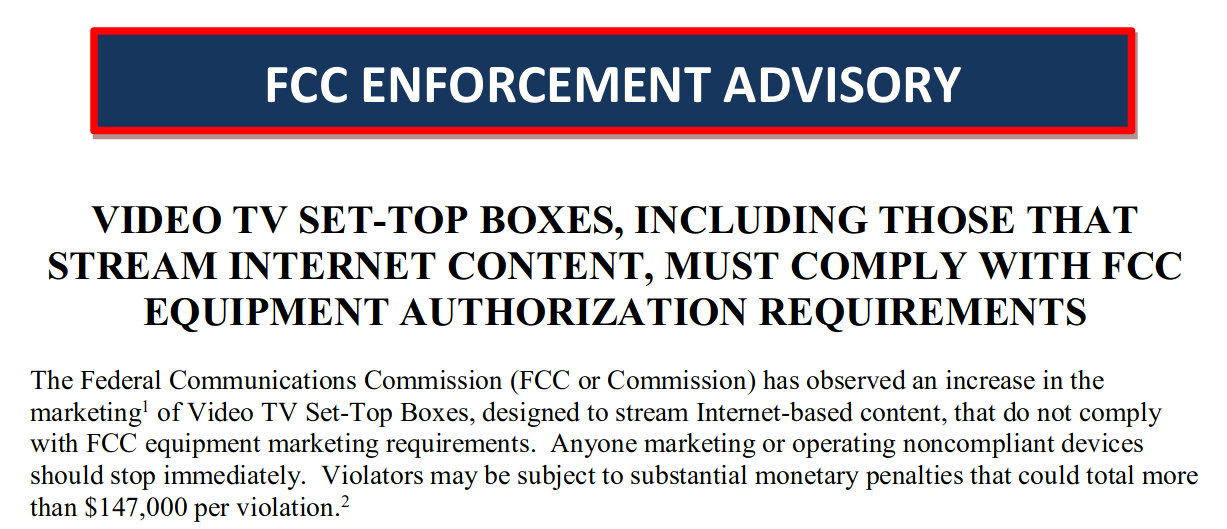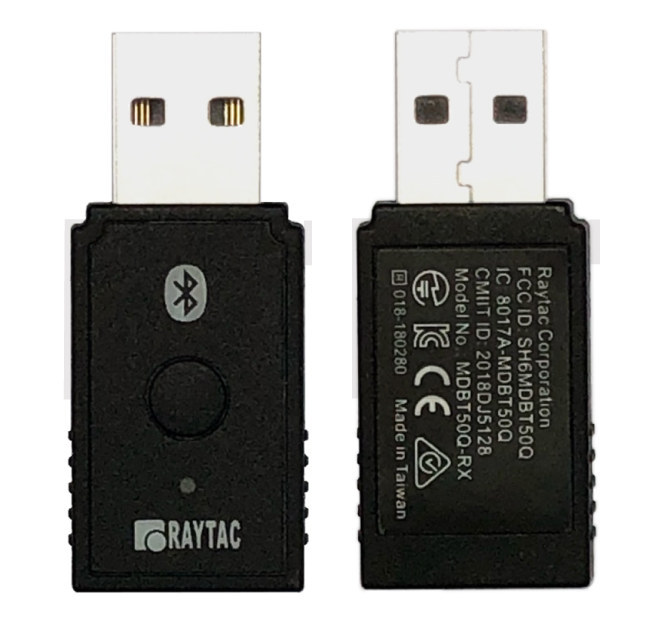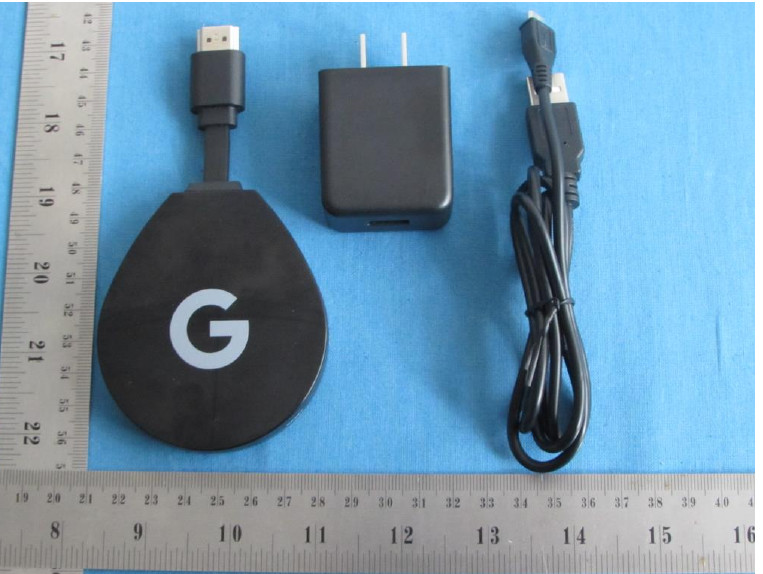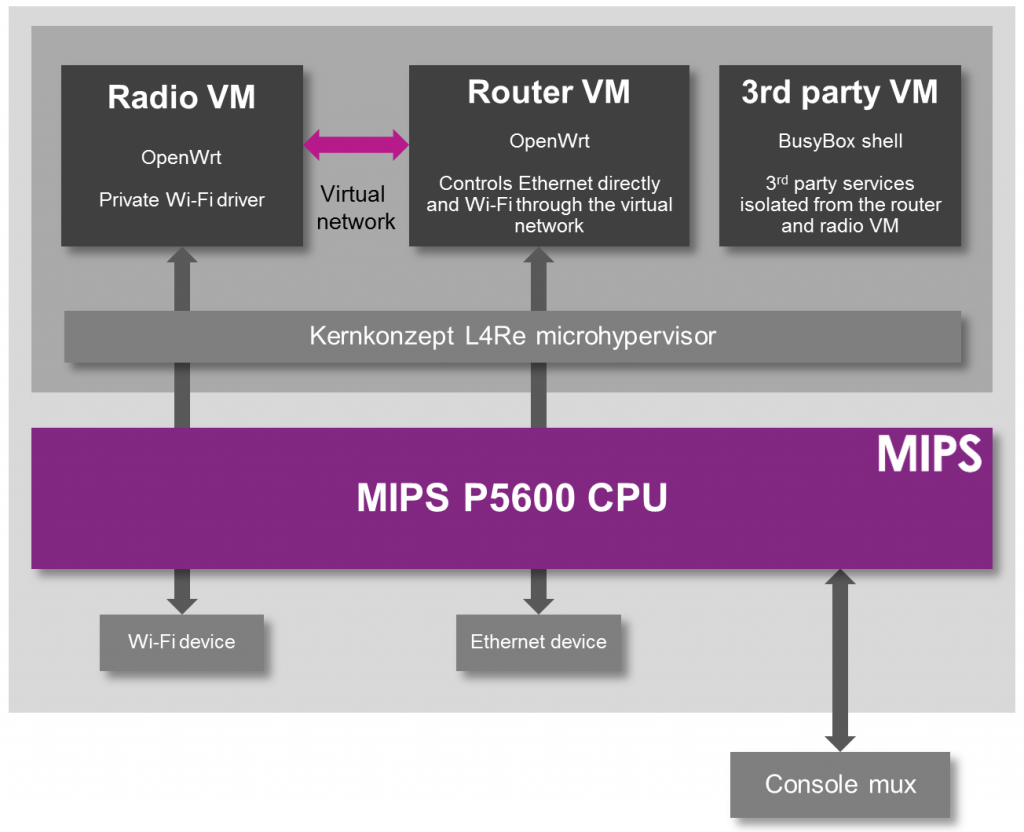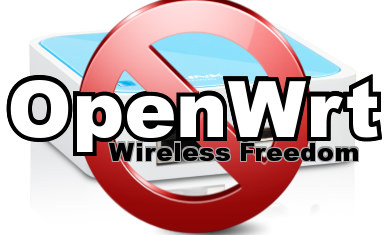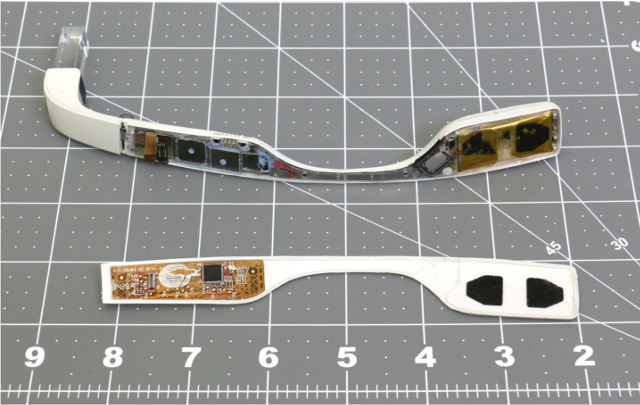Buying inexpensive TV boxes from China is fun, but in order to provide the lowest possible price, some manufacturers may cut corners, and forgo things like FCC certification. It seems the FCC has noticed an issue an enforcement advisory / public notice entitled “VIDEO TV SET-TOP BOXES, INCLUDING THOSE THAT STREAM INTERNET CONTENT, MUST COMPLY WITH FCC EQUIPMENT AUTHORIZATION REQUIREMENTS” with the threat of fines exceeding $147,000. If you are an individual you may think that you are safe since you are not “marketing” anything, but a footnote explains the meaning of marketing: Importing, advertising and selling are three aspects of “marketing” under the Commission’s rules. The text of the notice further mentions that even just operating the device is a violation, and anyone doing so should stop immediately. The document explains a little more about the fines: Users, manufacturers, importers, and retailers that violate Commission marketing or operating rules […]
Raytac MDBT50Q-RX Bluetooth 5 LE USB Adapter Features nRF52840 WiSoC
Bluetooth 5 has been around for a while, but apart from MakerSpot CC2640 Bluetooth 5 USB dongle and Nordic Semi nRF52840 USB Dongle both for developers (and without case), it’s been hard to find Bluetooth 5 USB adapters. So far the only proper BT 5.0 USB adapter for consumers that’s easily purchasable I know of has been Fanstel USB840F available for about $18 plus shipping. Soon enough there should at least another alternative with Raytac MDBT50Q-RX Bluetooth 5 USB adapter- also based on Nordic Semi nRF52840 WiSoC – that the company very recently announced. Raytac MDBT50Q-RX BT 5 dongle main features and specifications: Bluetooth 5 Module – Raytac MDBT50Q-P1M Nordic nRF52840 SoC Arm Cortex-M4F MCU with 1MB Flash memory, 256kB RAM Connectivity – Bluetooth 5 Certified, supports BT5 Long Range Feature Bluetooth Low Energy, ANT+, Zigbee, Thread (802.15.4) Certifications – FCC, IC, CE, Telec (MIC), KC, SRRC, NCC, RCM, WPC […]
4K ATV Stick Looks like the Offspring of ChromeCast and FireTV Stick 2017 with a Big “G” Logo
A new Android TV device has shown up on the FCC website, and generated quite a lot of buzz last time online with the source of the story originating from Reddit or Ausdroid, and picked up by many blogs because the device comes with a “G” logo that looks like the one Google might use… But in all likelihood it should just be another TV stick running Android TV OS, and the FCC listing has been submitted by Shenzhen SEI Robotics, an Android TV box manufacturer. The device is based on Amlogic S905X processor with 2GB RAM, and looks like a mix between the ChromeCast and Amazon FireTV 2017 with its short built-in HDMI cable and rounded shape. Hardware specifications: SoC- Amlogic S905X quad core Cortex A53 processor with Arm Mali-450MP GPU System Memory – 2GB RAM Storage – 8GB eMMC flash Video & Audio Output – HDMI 2.0a with […]
Imagination Solution to FCC Rules for WiFi Routers: Run OpenWrt / DD-WRT and the WiFi Driver in Separate Virtual Machines
About a year ago, discussions started about new rules from the FCC that could prevent routers from installing open source third party operating systems such as OpenWrt or DDWRT. Despite the FCC assurance that the rules were meant to prevent some users from illegally tweaking the RF settings, and that it would not have to impact installing of open source alternatives, the reality is that companies such as TP-Link ended up locking their routers up due to the new rules, while Linksys would only ensure OpenWrt/ DD-WRT compatibility on some of their routers, but not all. Companies are probably doing that due to the extra work that would be required to separate the RF settings which need to be locked, and the rest of the firmware. But Imagination Technology’s prpl security group has a solution for their MIPS Warrior P-Class processors using hardware virtualization. In order to show the concept […]
TP-LINK WiFi Router Firmware Locked Down Due to New FCC Rules
Last year the FCC rules issues new rules that would prevent installing OpenWRT, DDWRT, or other firmware, but it went viral, and finally the commission launched a consultation with the community which ended by the FCC issued a statement “Clearing the Air on Wi-Fi Software Updates” last November, making the rules more accurate saying that the rules were now “narrowly-focused on modifications that would take a device out of compliance”. However, one person named Adam recently tried to downgrade his firmware on a TP-LINK router, and the conversion now published on BattleMesh mailing list, makes it clear that the battle for “firmware freedom” may not be over: Adam: downgrading does not work I get an 18005 error upon attempting to downgrade. I want to know if this is because of the FCC’s rules regarding broadcast strength and DFS control. Has TP-Link complied with these rules and locked down its firmware […]
Ten Most Popular Posts of 2015 and Statistics on CNX Software
In the second part of 2014, we saw a big jump in performance thanks to Cortex A15 and A17 based SoCs, and higher clocked Cortex A9 processors such as Rockchip RK3288 and Amlogic S812, but in 2015, TV box companies have focused on lowering the price and adding features such as HDMI 2.0, instead of looking for higher and higher CPU and GPU performance, and they’ve also moved to 64-bit ARM platform. Intel also continued its foray into low cost HDMI sticks and mini PCbased on Bay Trail, and later on Cherry Trail based devices. The development boards story was also very much about lower cosst with the $15 Orange Pi PC, follow a few months later by the $5 Raspberry Pi Zero, although people looking for performance at any price still saw the release of Nvidia Jetson TX1 board. It’s was also a big year for IoT with the […]
Google Glass 2 For Enterprise Shows Up on FCC Website
I’ve never been a fan of Google Glass for consumer applications, and the company has apparently more or less given up on this market, but instead they are now focusing on the enterprise market according to Google Glass 2 (codenamed AR4-GG1) photos and a user’s manual released on the FCC website. The user’s manual lists some of the key external components including a power button, a display with its button to take pictures or shot videos, a touchpad along the flat area on the side to control the display using taps and gestures. Although not really sharp, the internal pictures allow to have a look at the main electronic components featured in the device, and David Anders analyzed the pictures and found the following ICs: Toshiba THGBMBG7D4LBAIW that should be a 16GB eMMC flash Texas Instruments TUSB1211 USB 2.0 ULPI PHY transceiver Touchpad area with Cypress logo and a 48-pin chip that could […]
“OpenWRT vs. FCC – Forced Firmware Lockdown?” Video and Presentation Slides
The article about the new FCC rules that may prevent installing OpenWRT, DD-WRT or other third party firmware on Wi-Fi routers and access-point generated quite a buzz at the end of the last month. The “OpenWRT vs. FCC – Forced firmware lockdown?” presentation that started that discussion took place yesterday during BattleMesh V8 event, and the video has now been uploaded to YouTube. Sound quality could be better, and the slides are not shown on the video, but you can download the PDF slides to have an easier time following the presentation. Some keys points include: The requirement to lock firmware are likely to affect all users, not only those living in countries following the FCC regulations. Not only WiFI access points would be affected, but also phones, tablets with CyanogenMod, and more. Vendors will have to “describe in detail how the device is protected from “flashing” and the installation […]


